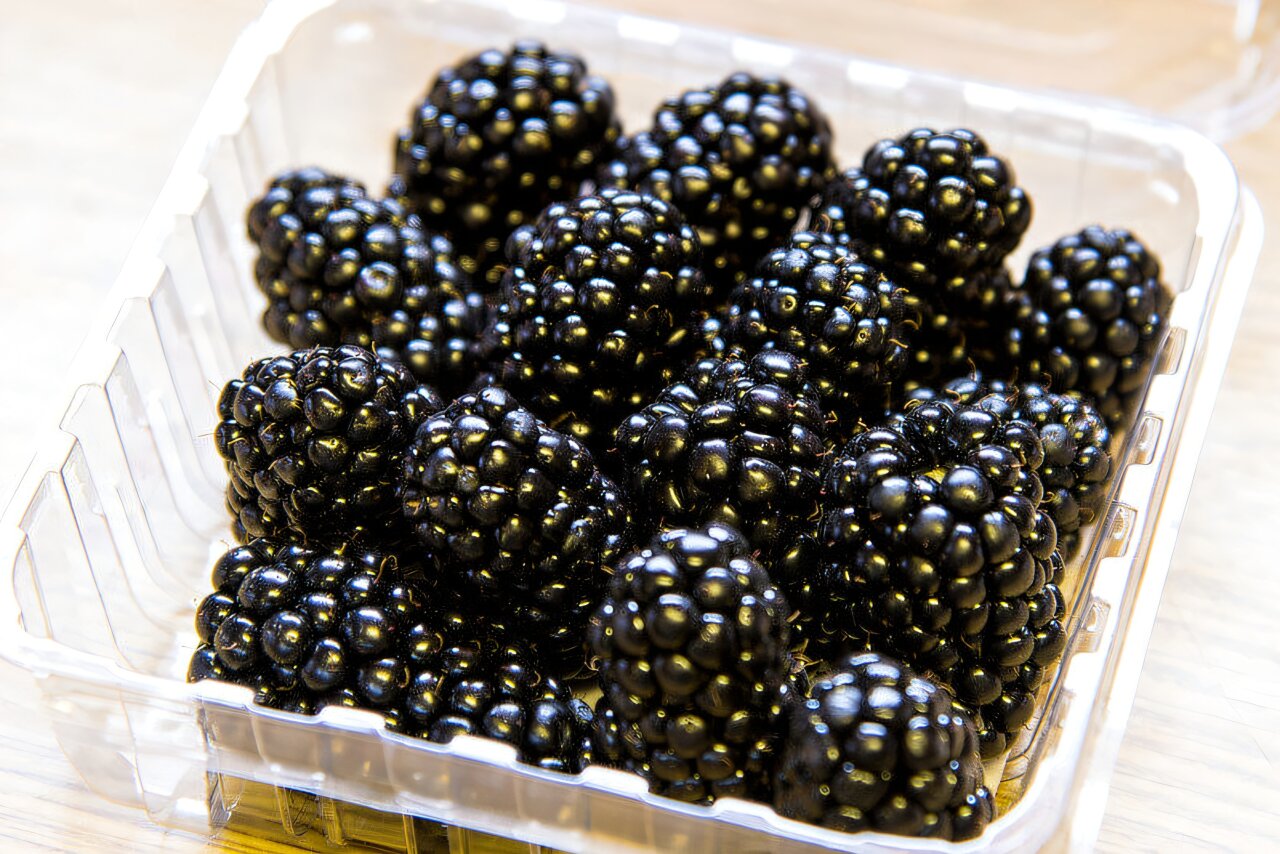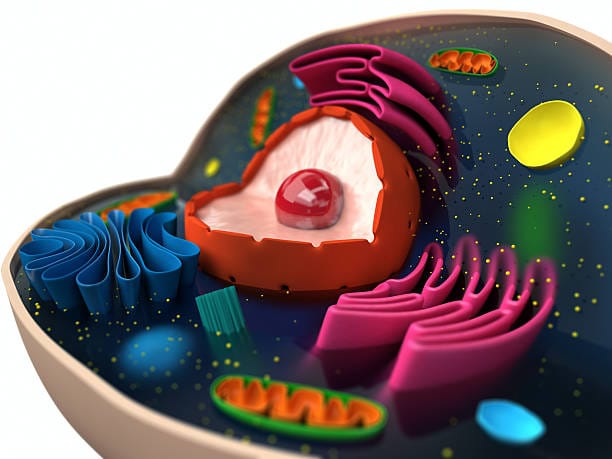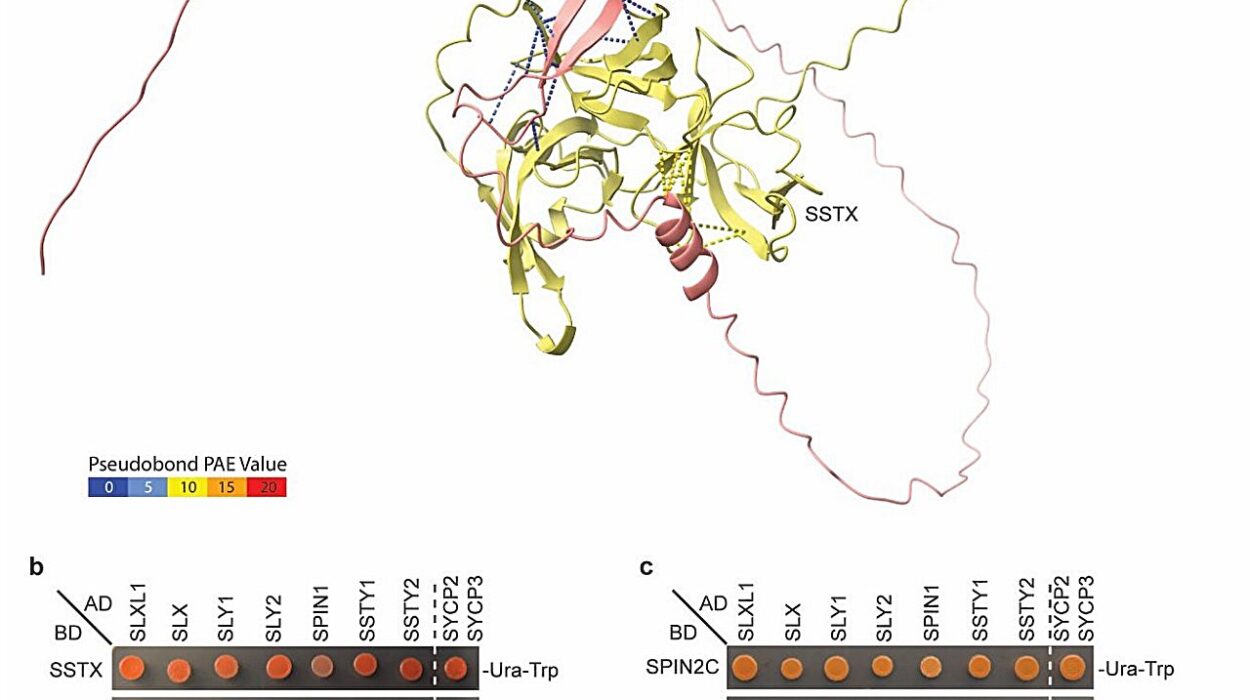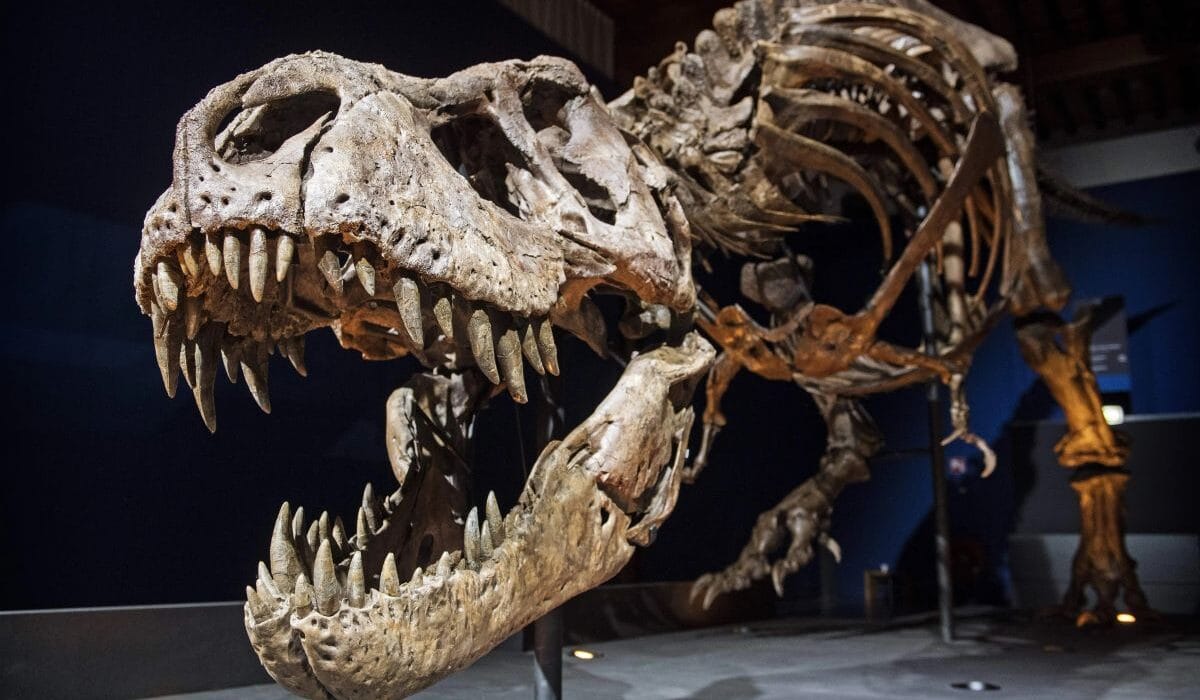They lurk along country lanes, garden borders, and untamed fields—deliciously sweet, dark gems protected by nature’s barbed wire. Anyone who has harvested wild blackberries knows the trade-off well: the juicier the prize, the sharper the scratch. These natural defenses, technically known as prickles (though commonly called thorns), serve as the blackberry’s built-in deterrent against hungry animals and unwelcome hands. But while thorns may be a plant’s evolutionary success story, they’re a fruit grower’s recurring headache.
In the U.S., consumer demand has decisively swung toward thornless blackberry varieties, prized for their easier harvest, cleaner fruit, and gentler touch. Still, breeding these varieties has long been a game of guesswork, guided by phenotype alone—until now. A new study published in G3: Genes, Genomes, Genetics marks a turning point in blackberry science. For the first time, researchers have pinpointed the exact genetic region responsible for thorn production, opening the door to more efficient, precise, and innovative breeding of thornless blackberries.
“We knew it had to be there,” says Dr. Margaret Worthington, lead researcher and associate professor of fruit breeding and genetics at the Arkansas Agricultural Experiment Station, part of the University of Arkansas System Division of Agriculture. “But in blackberries, finding a gene is like finding a needle in a thorny haystack.”
The Molecular Mystery of the Missing Thorns
Unlike the simple diploid genetics of humans—two copies of every chromosome—blackberries are tetraploids, with four copies of each chromosome. This genetic abundance may help the plant survive in the wild, but it presents a tangle of complexity for geneticists.
“If you’re trying to figure out which gene is responsible for a trait, tetraploidy is like having four overlapping conversations in your head at once,” explains Worthington.
Since beginning the hunt for the thorn gene in 2016, Worthington and her team knew they were chasing more than just a horticultural curiosity. Thorns aren’t merely aesthetic nuisances. They damage fruit, complicate harvesting, and increase labor costs. Yet for decades, the genetic basis for this trait remained a mystery. What plant breeders had was a phenotype—a visible trait—but no diagnostic marker to predict it in seedlings. That gap slowed down breeding programs, forcing researchers to wait for plants to mature before knowing whether they would grow thorns.
The stakes were high. Thornless varieties dominate the fresh-market blackberry industry in the U.S., and the ability to breed reliably for that trait could accelerate innovation. Enter Worthington’s research group, and a bold ambition: to uncover the genetic code behind this spiky trait once and for all.
Genome Sleuthing: The Hunt for a Prickle’s Code
The team turned to a powerful modern tool: the genome-wide association study (GWAS). This technique scans across a species’ entire genome to locate single-nucleotide polymorphisms (SNPs)—tiny variations in DNA that often act like biological fingerprints for specific traits.
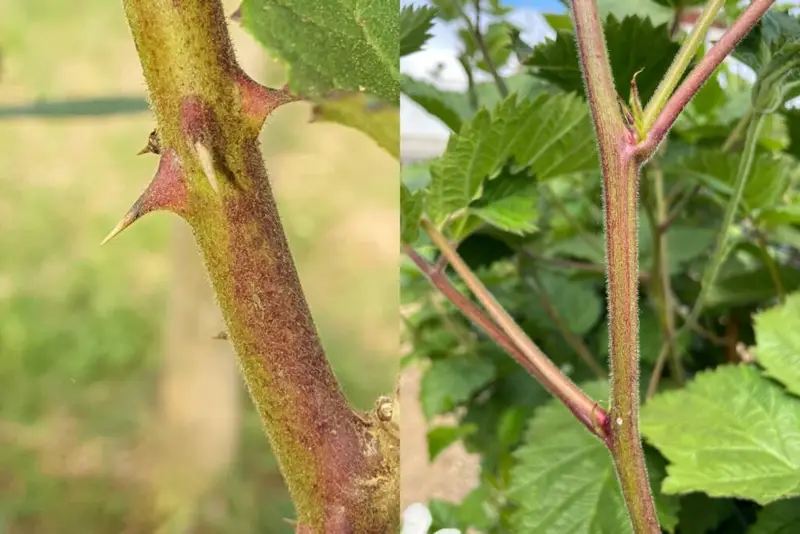
To perform the analysis, the researchers collected DNA samples from 374 blackberry plants, including both thorny and thornless varieties. Each plant’s genome was carefully genotyped, and a digital search began for SNPs that were statistically associated with the presence or absence of thorns.
It wasn’t easy. The tetraploid nature of the genome and the complex evolutionary history of blackberries meant that genetic noise was everywhere. But eventually, a clear signal emerged—a locus on chromosome Ra04 that consistently tracked with the thornless phenotype.
“It was a eureka moment,” Worthington says. “This was the first time we had a reliable, genetic marker that could predict whether a blackberry plant would be thornless before it even left the greenhouse.”
This breakthrough represents the first-ever published diagnostic marker for any trait in blackberry, a milestone for a crop that, until recently, lagged behind in genomic resources compared to more commercially dominant crops like corn or soybeans.
Markers that Make the Difference
One of the most transformative aspects of this discovery is its application in marker-assisted selection. Breeders can now use the newly identified markers to screen seedlings before they’re even planted in the field. This leap—from field phenotyping to early genetic screening—has the potential to revolutionize blackberry breeding.
Dr. Ellen Thompson, co-author of the study and Global Rubus Breeding Director at Hortifrut Genetics, explains the practical impact. “Using these markers, we can now screen for thornless seedlings in a high-throughput way. It saves years of waiting and thousands of dollars in growing costs.”
Thompson, who heads one of the world’s most advanced commercial blackberry breeding programs, adds that even though her program is already 100% thornless, the marker allows them to incorporate valuable traits from thorny wild varieties—such as disease resistance or stress tolerance—without worrying about thorns resurfacing unpredictably.
“This is a win-win for the industry,” she says. “It helps everyone, from academic researchers to commercial growers to consumers who prefer pristine, thorn-free berries.”
A Tangle of Genes: The Double-Edged Sword of Thornlessness
But like any genetic breakthrough, the discovery came with complications. While the locus on Ra04 explained the thornless trait, it also revealed a linkage disequilibrium block—a genetic region where many nearby genes tend to be inherited together.
“That’s where things get tricky,” says Worthington. “Because the thornless gene sits in this block, it tends to drag along some unwanted traits.”
These hitchhiker genes include negative attributes like higher acidity, poor cold tolerance, and weak cane architecture that causes plants to flop unless supported. Over time, the intense selection pressure for thornless plants has reduced genetic diversity in this region, making it harder to breed plants that are thornless and agronomically ideal.
The solution, Worthington suggests, may lie in a more nuanced strategy: crossbreeding with thorny plants to reintroduce variation into the region, followed by precise marker-based selection to retain the thornless gene while discarding the bad traits.
“It’s like reshuffling a deck of cards,” she says. “You want to keep the ace but get rid of the jokers.”
The Hidden Helpers: A Collaborative Effort
Behind the scenes of this high-profile study was a team of skilled scientists and advanced computational tools. The lead author, Carmen A. Johns, completed the work as part of her master’s thesis, working under Worthington’s mentorship. But the research also drew on the efforts of bioinformatics specialists like Alexander Silva and Thomas Chizk, who developed the complex algorithms and data pipelines needed to analyze polyploid genomes.
Additional support came from the Specialty Crop Research Initiative’s “Tools for Genomics-Assisted Breeding of Polyploids” project—a collaborative effort to build community resources for crops with complex genomes.
“Without the right tools and teamwork, this kind of discovery wouldn’t have been possible,” Worthington says. “It’s a testament to what interdisciplinary science can achieve.”
A Fruitful Future: What’s Next for Blackberry Genetics?
With the thornless locus now in hand, Worthington and others are eyeing even greater ambitions. The next step is to identify the specific gene—or genes—within that region responsible for the thornless trait. That would allow for gene editing technologies, such as CRISPR, to be applied in the future to create custom cultivars.
“Knowing the locus is like having a zip code,” Worthington explains. “Now we need the exact street address.”
She also hopes to study the evolutionary origins of thornlessness, which may have arisen multiple times through different genetic pathways. Tracing those evolutionary routes could provide insight into how domesticated blackberries diverged from their wild ancestors—and how to reintroduce desirable wild traits without the thorny baggage.
Other researchers, like Hudson Ashrafi, emphasize the practical value of the discovery. “The ability to skip years of field phenotyping and directly select for thornlessness improves breeding efficiency dramatically,” Ashrafi says. “It shortens the timeline from idea to harvest.”
From Wild Bramble to Cultivated Luxury
Blackberries are one of the oldest known fruits consumed by humans, appearing in archaeological sites dating back thousands of years. Yet, only in recent decades have they become a cultivated crop on a commercial scale. In that time, the blackberry has been transformed—from a wild, tangled bramble to a clean-lined, thornless crop fit for supermarket shelves and patio gardens.
This genetic breakthrough is the next step in that journey. By uncovering the blueprint behind one of the blackberry’s most defining features, scientists have given breeders a scalpel where once they had a machete.
The implications go beyond thorns. With tools like GWAS and marker-assisted selection, breeders are now armed to tackle a range of complex traits—flavor, texture, disease resistance, shelf life, and climate adaptability—faster and with greater precision than ever before.
And yet, amid the innovation, Worthington remains grounded. “Thorns were nature’s way of protecting the plant,” she says. “We’ve just figured out how to work around them, so we can give people what they really want—a sweet, clean berry without the scratches.”
The Sweet Science of Soft Fruit
Science has always shaped agriculture, but rarely does it move with such elegant precision. The thornless blackberry is more than just a fruit—it’s a symbol of how modern genetics can untangle nature’s defenses and turn inconvenience into innovation.
From a thorn-studded mystery to a published genetic marker, this journey has shown the power of curiosity, collaboration, and cutting-edge science. The next time you pick a plump, scratch-free blackberry from a farmers market or a backyard vine, know that it didn’t just grow on a plant—it sprouted from years of patient scientific discovery.
And as for the thorns? They’ve met their match.
Reference: Carmen A Johns et al, Genetic control of prickles in tetraploid blackberry, G3: Genes, Genomes, Genetics (2025). DOI: 10.1093/g3journal/jkaf065
